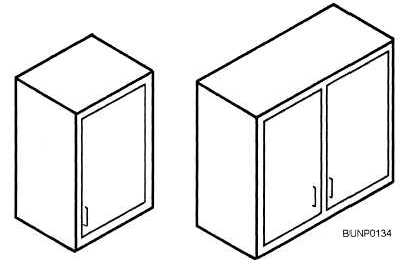
Figure 5-10. - Types of mortise-and-tenon joints.
following steps are a guide to constructing the base unit of a cabinet:
1. Review your drawings and specifications.
2. Select the lumber or plywood to be used; then develop a cutting list from the layout rod and/or drawing.
3. Determine the best joints to use on the face frame and the skeleton frame stiles and rails.
4. Cut out and assemble the face frame by gluing and clamping. After the glue has set, remove the clamps and sand both faces. You then set the frame aside.
5. For the base unit, cut out the skeleton frame similar to steps 3 and 4. Then cut a groove (dado) 1/4-inch wide by l/2-inch deep on one edge of the four skeleton frame stiles.
6. Use a stub mortise-and-tenon joint l/4-inch thick by l/2-inch long on all the skeleton frame rails.
7. Layout the location of the rails on the stiles and assemble the skeleton frames by clamping and gluing. When they are dry, remove the clamps and set aside until needed.
8. Rabbet the back edges of the ends 1/2 inch by 1/2 inch. This rabbet will allow the end panels to project out beyond the plywood back for scribing the cabinet to the wall. Make sure the rabbet is cut from the inside face of the plywood, so the good face will show on the outside of the cabinet.
9. Lay out and cut the toe spaces on each end panel. The top of the cut is flush with the bottom rail of the face frame. The bottom of the cut is flush with the toeboard.
10. Cut out the toe spaces so that a right hand and left and end panel is obtained. Cut from the inside face to avoid splintering the face side.
11. Dado the inside of the end panels 3/16-inch deep and 3/4-inch wide for the bottom, shelf, and skeleton frame. Make a blind dado for the cabinet shelf.
12. Assemble the end panels, bottom, shelf, and skeleton frames with glue and clamps, finish nails, or screws. Make sure all edges line up.
13. Install the toeboard between the end panels by fastening with glue and finish nails through the end

Figure 5-11. - Typical wall units.
Continue Reading